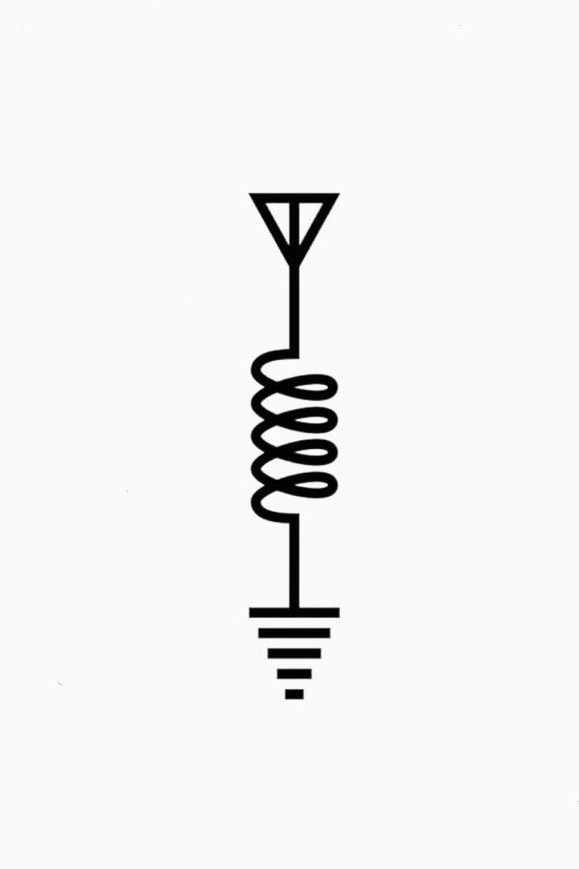Why do some cars have their engines in the front and some in the back, what are the advantages and disadvantages of the two builds. And why doesn’t every car have full wheel drive?
$$$.
Front engine, rear drive is easy to build. Good driving characteristics until you lose traction in the rear, which isn’t hard because there’s not much weight back there. You get over steer which isn’t the easiest to deal with.
Front engine, front drive is cheap to build. Good driving characteristics until you start pushing the limits, then you get under steer which is easy to deal with by letting off the gas.
Rear engine, rear wheel drive. Same cost advantages of Front/front but has some quirky driving characteristics.
Rear engine, front drive: nope.
AWD: better driving characteristics, more cost and more weight.
Mid engine, rwd: similar to rear/rear, but costs more, better handling.
Rear engine, front drive: nope.
I need someone to go down the rabbit hole and tell me what attempts have been made to make this work.
I’m sure they all ended as fireballs.
Understeers into corner “Shit!”
Applies brakes and immediately oversteers “Fuck!”
Goes off ravine sideways “Oh, hell!”
Plummets to ground facing the sky “Shiiiiii-”
Engine blocks pierces through fuel tank on impact and gets exploded through the cabin
Anything can turn into fireball if you try hard enough.
Well that sure sounds exiting…
I would be willing to bet Buckminster Fuller probably tried it.
Correct. The Dymaxion car had it.

That piece of art reminds me of Messerschmitt forrays into “car” building: https://en.m.wikipedia.org/wiki/Messerschmitt_KR200
Why does it look like a catfish?
why don’t all our cars look like catfish?
Any front engine rear drive car going in reverse, lol.
What about AWD mid engine?
Worst possible space efficiency and somewhat tricky routing. Lots of parts and complexity. But arguably the best performance and balance if you can deal with the cost and mass. Not uncommon, see Lamborghini, Porsche.
Pretty much obsolete at the top tier, though, since electric motors can trivially distribute the weight and drive even better.
Most supercars are AWD, find one with a mid engine and yeah
AWD adds weight, cost, and traction regardless of the engine layout.
AWD with a mini engine on each wheel.
Hoonigan made a video on a twin engine MX3 a few years back. Not quite 4, but it’s a cool car nonetheless.
I found this article which gives an excellent general overview of the subject with a content list first.
Four wheel drive is much more prevalent now, but it’s generally more expensive to implement and increases running costs.
Just pasting an AI answer here. Thought it could be interesting to compare with the actual answers real people share:
Okay, let’s examine the available information to address your questions:
The placement of the engine in a car (front, mid, or rear) has various advantages and disadvantages:
Front-engine cars:
- Advantages include good traction, efficient energy transfer, and more cabin space since the engine is not in the cabin. [1]
- Disadvantages include less-than-optimal weight distribution, which can affect handling and performance. [1]
Mid-engine cars:
- Advantages include excellent stability and handling due to the central weight distribution. [2][3]
- Disadvantages include less cabin space, more complex design, and difficulty in regaining control if the car starts to spin. [4]
Rear-engine cars:
- Advantages include excellent traction and handling, especially in snow and ice conditions, due to the weight distribution. [5][3]
- Disadvantages include less stability and the engine being in the rear can make the car harder to control. [5]
As for why not every car has full-wheel drive (AWD), the main reasons are:
Cost - AWD systems add complexity and cost to a vehicle, making them more expensive to manufacture and purchase.[6] Weight - AWD components add significant weight to a vehicle, reducing fuel efficiency.[6] Packaging - Accommodating an AWD system can be challenging in terms of vehicle design and interior space.[6]So in summary, the engine placement and drivetrain configuration involve trade-offs between performance, handling, cost, and packaging that automakers must balance based on the target market and intended use of the vehicle.
That’s a very optimistic wording on front engine and traction since it’s actually the worst option. It’s not quite wrong to call it good, as it’s usually good enough.
Also 4wd is just flat out unnecessary waste except for some extreme condition. I live in the land of ice and snow and 4wd would be nice, but unnecessary, for about one week a year. Rest of the time it’s just weight, cost, and ecological waste. For most passenger cars, it’s a bad compromise.
That is interesting!
I’d have expected that adding weight on the axle that has drive would improve traction (but affect steering negatively)
Also i guess that the answer does not take into account who uses the car or when. I guess in racing, awd would be awesome if it wasn’t too heavy, complicated and used a lot of fuel








